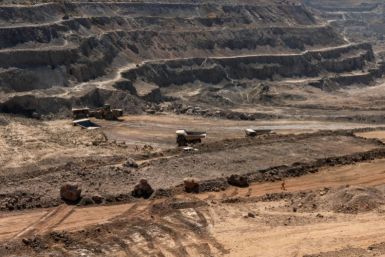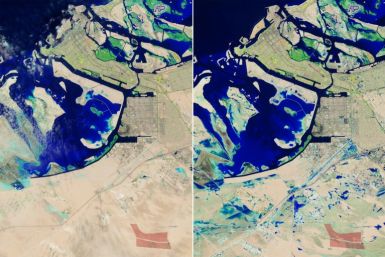Discovery of frozen comets around sun-like star may reveal Solar System’s origins

Scientists may finally learn something about our Solar System’s origins after they discovered frozen comets orbiting a sun-like star (HD 181327). University of Cambridge researchers used data from the Atacama Large Millimeter Array (ALMA) and detected extremely low levels of carbon monoxide around the star. The carbon monoxide levels are surprisingly similar to the amounts around comets in our solar system.
The scientists believe that the findings of this study, about to be published in Monthly Notices of the Royal Astronomical Society, are the first step in ascertaining the properties of comet clouds around sun-like stars just after the time of their birth. The results of the study was presented Wednesday at the “Resolving Planet Formation in the era of ALMA and extreme AO” conference in Santiago, Chile.
“Young systems such as this one are very active, with comets and asteroids slamming into each other and into planets. The system has a similar ice composition to our own, so it's a good one to study in order to learn what our solar system looked like early in its existence,” Sebastián Marino, the paper’s lead author and a PhD student from Cambridge's Institute of Astronomy, said in a press release.
It is believed by scientists that Earth was similar to Mars when our Solar System was formed. However, comets started colliding into our planet bringing elements and compounds essential for life to form. These comets may have also brought water along with them. Similarly, the new sun-like star in question is also surrounded by a ring of dust caused by collisions of asteroids, comets and other bodies, ALMA revealed. This star is likely to have planets just like our Solar System. However, determining that is impossible as technology has not advanced that much on Earth.
The researchers used ALMA to search for signatures of gas as they believed the same collisions that created the dust ring should have also cause release of gas. ALMA finally detected very low levels of carbon monoxide gas.
“This is the lowest gas concentration ever detected in a belt of asteroids and comets -- we're really pushing ALMA to its limits,” Marino said.
HD 181327 has a mass about 30 percent greater than the sun. It is located 160 light years away in the Painter constellation. The system is about 23 million years old compared to our solar system that is 4.6 billion years old.






